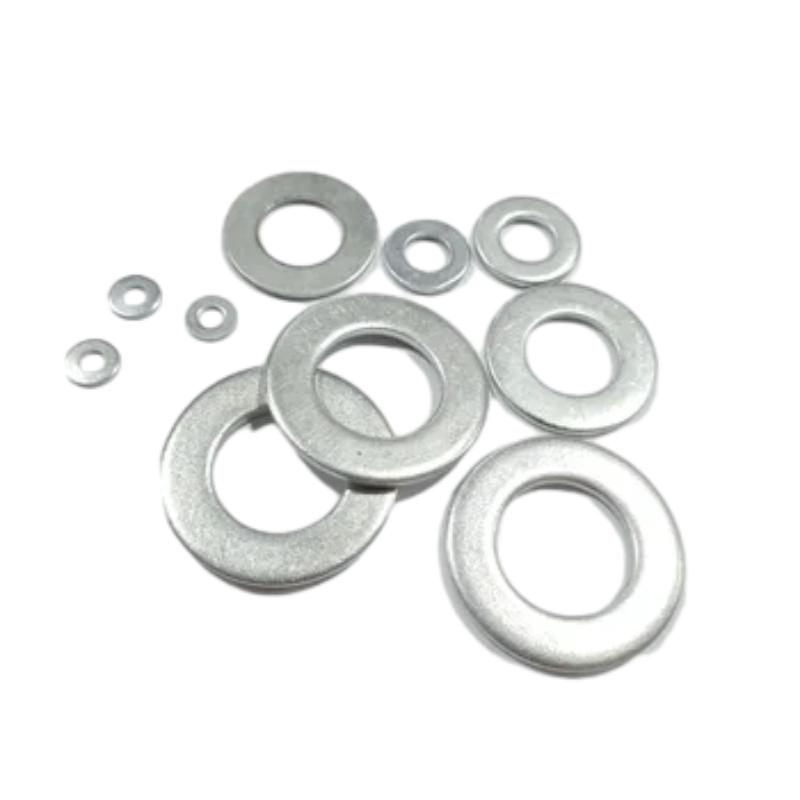Tem . 23, 2024 14:36 Back to list
Specifications and Dimensions of Heavy Hex Nuts in Millimeters for Engineering Use
Understanding Heavy Hex Nut Dimensions in Millimeters
When working with bolted connections, the type and dimensions of nuts used are crucial to ensure structural integrity and load handling. Among the various types of nuts, the heavy hex nut stands out for its added strength and robustness. This article delves into the dimensions of heavy hex nuts measured in millimeters, their applications, and factors to consider when selecting the right nut for your needs.
What is a Heavy Hex Nut?
A heavy hex nut is characterized by its larger thickness and wider body compared to standard hex nuts. This design feature allows heavy hex nuts to provide greater load-bearing capabilities and makes them suitable for high-strength applications. They are primarily used in conjunction with heavy hex bolts, ensuring that the connection withstands significant tension and shear forces.
Dimensions of Heavy Hex Nuts
Heavy hex nuts adhere to specific size standards that ensure compatibility with corresponding bolts. The dimensions are typically measured in millimeters (mm), and a range of sizes exists to accommodate various applications. Below are the critical dimensions that define a heavy hex nut
1. Width Across Flats (WAF) This dimension refers to the distance across the opposite flat sides of the nut. Heavy hex nuts have a larger WAF than regular hex nuts, which increases their grip and load distribution.
2. Height (Thickness) The thickness of a heavy hex nut is greater than that of a standard nut. This additional height helps enhance the nut's strength and resistance to deformation under load.
3. Hole Diameter The internal diameter of the nut that allows it to fit onto a bolt. It's essential that this diameter matches the bolt size to ensure proper thread engagement.
4. Thread Pitch This dimension indicates the distance between adjacent threads and is crucial for ensuring that the nut properly engages with the bolt.
5. Material Specifications While not a direct dimension, the material from which a heavy hex nut is made affects its performance. Common materials include carbon steel, stainless steel, and alloy steel, each offering different strength and corrosion resistance levels.
heavy hex nut dimensions in mm

Common Dimensions of Heavy Hex Nuts
To give practical insights into heavy hex nut sizes, here are some common dimensions found in industry standards (e.g., ASTM A563)
- M12 (12mm bolt) - WAF 18mm - Height 12mm - Hole Diameter 12.0mm - Thread Pitch 1.75mm
- M16 (16mm bolt) - WAF 24mm - Height 16mm - Hole Diameter 16.0mm - Thread Pitch 2.0mm
- M20 (20mm bolt) - WAF 30mm - Height 20mm - Hole Diameter 20.0mm - Thread Pitch 2.5mm
- M24 (24mm bolt) - WAF 36mm - Height 24mm - Hole Diameter 24.0mm - Thread Pitch 3.0mm
Applications of Heavy Hex Nuts
Heavy hex nuts are commonly used in applications where high strength and durability are necessary. These include
- Structural applications Used in steel beams and frames, where load-bearing capacity is critical. - Heavy machinery In construction and manufacturing equipment that experiences considerable stress. - Bridge construction For securing components subjected to dynamic loads.
Conclusion
Understanding the dimensions of heavy hex nuts in millimeters is vital for engineers and construction professionals when selecting the appropriate components for their projects. By ensuring the correct sizes and specifications, one can achieve optimal performance and safety in bolted connections. When in doubt, consult with suppliers or reference industry standards to confirm that you’re using the right components for your specific application.
-
The Ubiquitous Reach of DIN934 in Application Realms
NewsMay.16,2025
-
Exploring Different Bolt Types
NewsMay.16,2025
-
Cracking the Code of Sleeve Anchor Mastery
NewsMay.16,2025
-
Clamp Design Principles,Types and Innovations
NewsMay.16,2025
-
Artistry Inspired by the Humble Anchor Bolt
NewsMay.16,2025
-
A Deep Dive into Screw Types
NewsMay.16,2025


